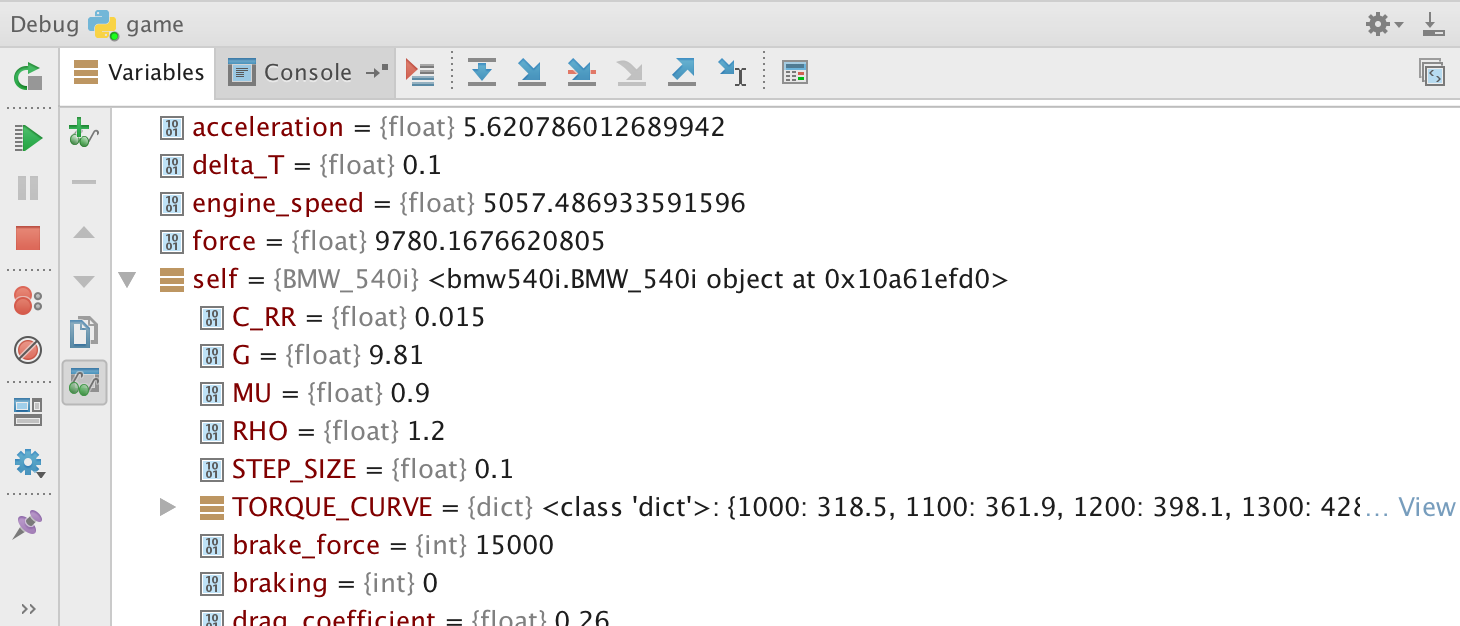
Next, open your Jupyter tab at the bottom of your P圜harm window, click on the variables tab, and right click on the new variable you just created called ‘data’. Add the following to a code cell and run it:

Let’s check out a cool feature of P圜harm Scientific View. Here I created and printed a variable called my_string. Add your code and click the green arrow to run the code in the cell. Click the ‘+’ button just below the Markdown cell to add a new cell. Notice that the right side panel displays a preview of your notebook. Then use Markdown formatting, such as ‘# Header’ like in my example here. In the editor next to the ‘#%’, add ‘md’ to set the cell type to Markdown. Let’s start editing our notebook by adding a Markdown cell. Here, I created a new notebook called pycharm.ipynb. Alternatively, if you just want to create a Python script you can select ‘Python File’. Then click the ‘Install Package’ button at the bottom of the window.Ĭreate a new Jupyter notebook by navigating to File > New… and selecting ‘Jupyter Notebook’. Then type ‘jupyter’ and select jupyter from the packages list. Install Jupyter by selecting P圜harm > Preferences > Project Interpreter, then click the “+” button to add new packages. Here, I created a new project called ‘pycharm’ in a directory on my desktop and selected Python 3.7 as my interpreter. If this is your first time developing in Python, I recommend going with the latest version 3.8.3.Ĭreate a new project in P圜harm and select your local Python interpreter. Install Python if you don’t already have it - you’ll need an interpreter in order to use P圜harm! Be aware that Python 2 and Python 3 are different in terms of syntax - don’t worry, you can load either version in P圜harm when you start a new project.

Plus P圜harm Professional is free for students! Install P圜harm.I highly recommend installing P圜harm Professional because you get more features like SciView that are awesome for data science.


 0 kommentar(er)
0 kommentar(er)
